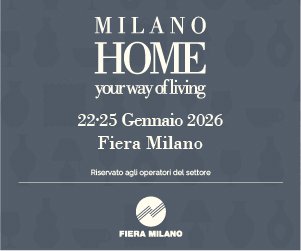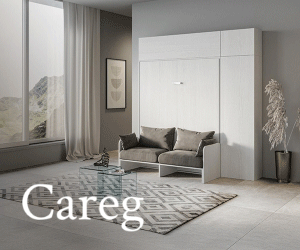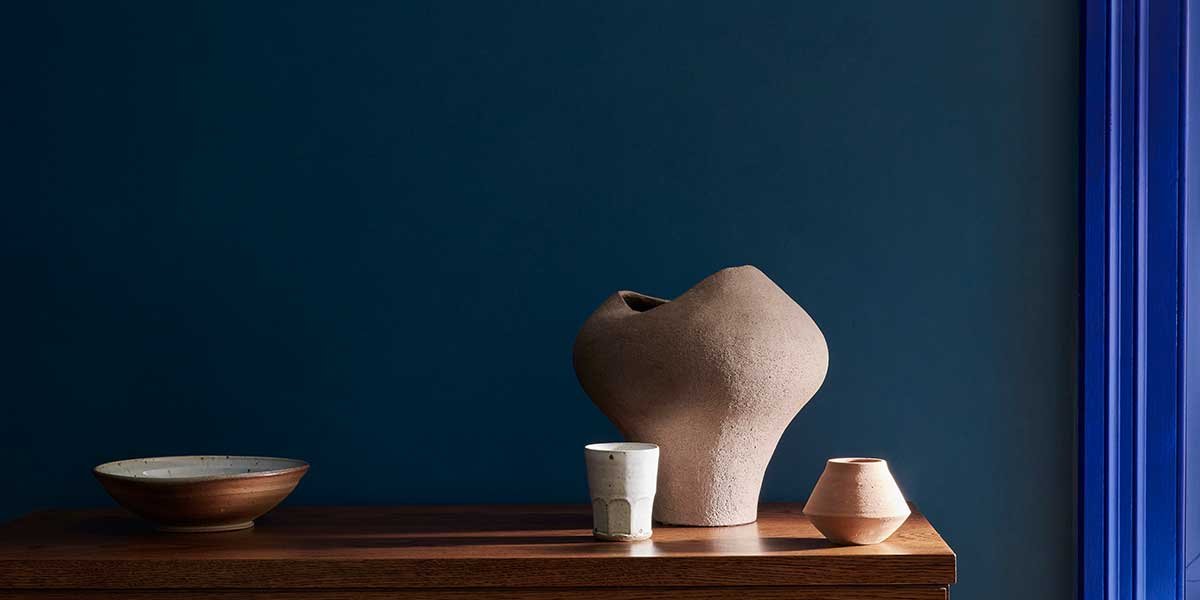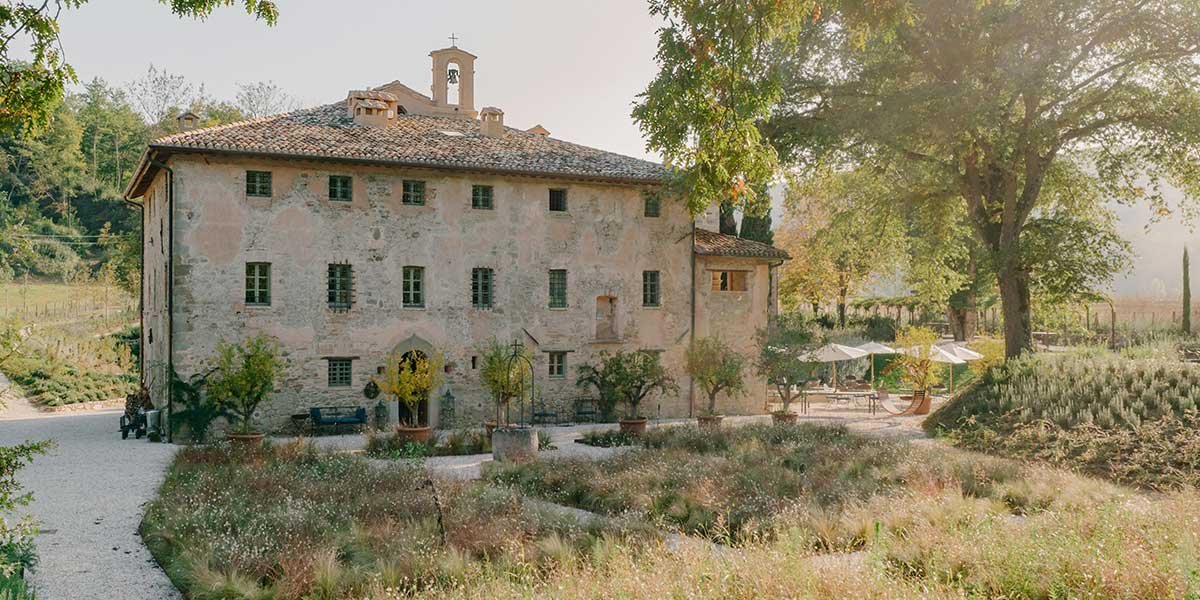by Roberta del Vaglio.
Colorful pet beds in refined fabrics, bowls with sophisticated designs, baskets of every size, but not only: a sensitive and attentive vision that can improve the lives of animals and people.
“It is a discipline that regulates the design of products, environments, furnishings, complements, and perceptual and sensory qualities in the presence of domestic animals and humans” explains Amelia Valletta, architect, designer, dog trainer, and instructor in the course “Pet Design“, which she conceived and directs at Poli.Design of the Polytechnic University of Milan.
It is the first of its kind in Europe and tackles the theme with a multidisciplinary approach: not only interior design but also veterinary medicine and ethology/zooanthropology. Subjects that intertwine with the aim of addressing the design of spaces intended for the coexistence of people and pets with awareness and completeness.
Dog house sofa by designer Seungji Mun – munseungji.com

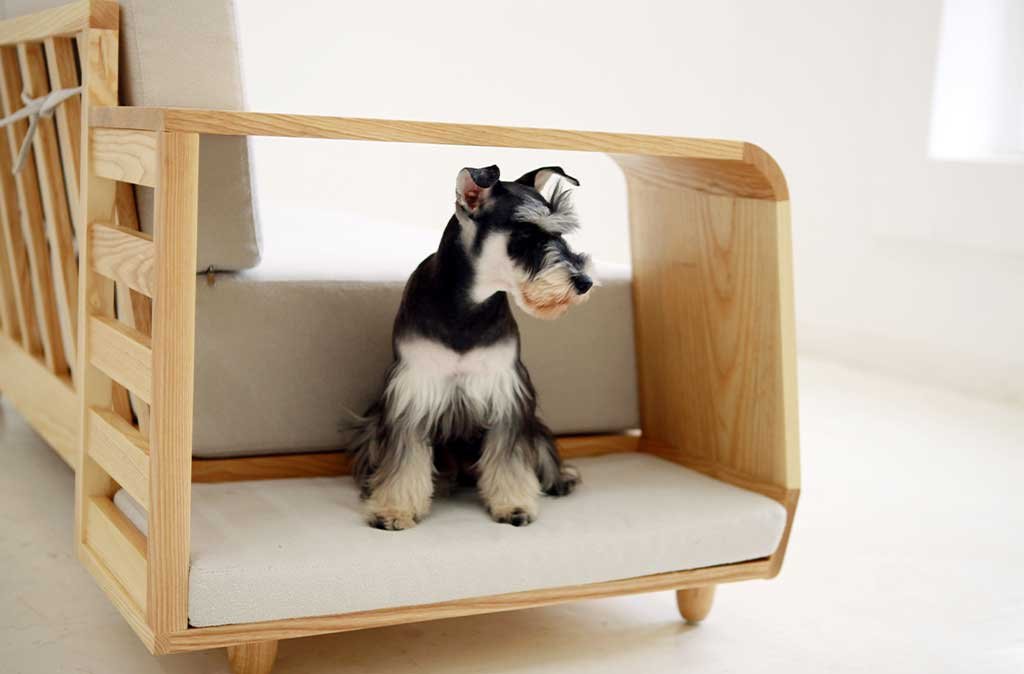
A DESIGN AND BEHAVIORAL APPROACH
The promise of pet design is to make coexistence between people and animals better and at the same time to care for relational dynamics. Because often, at the root of behavioral problems in dogs and cats, there is a mistaken organization of the domestic space in which they live.. Starting from this reflection, Valletta founded The HAD Human Animal Design®, a design studio that deals with pet design and also analyzes behavioral problems, relates them to any errors in space organization, and prepares the necessary interventions to solve them.
CATable Desk by LYCS – en.lycs-arc.com

“When we go to a homeowner’s house, we conduct an anamnesis and want to know exactly who lives in this space, animal and person. The second aspect we evaluate is architectural, through a site inspection to understand if there are aspects to modify and adapt. An inspection also related to aspects of behavioral veterinary medicine. Sometimes, just moving a bed can bring about a significant change in the animal’s behavior“, explains.
Soprasotto cat shelves by Donarturo – donarturo.it
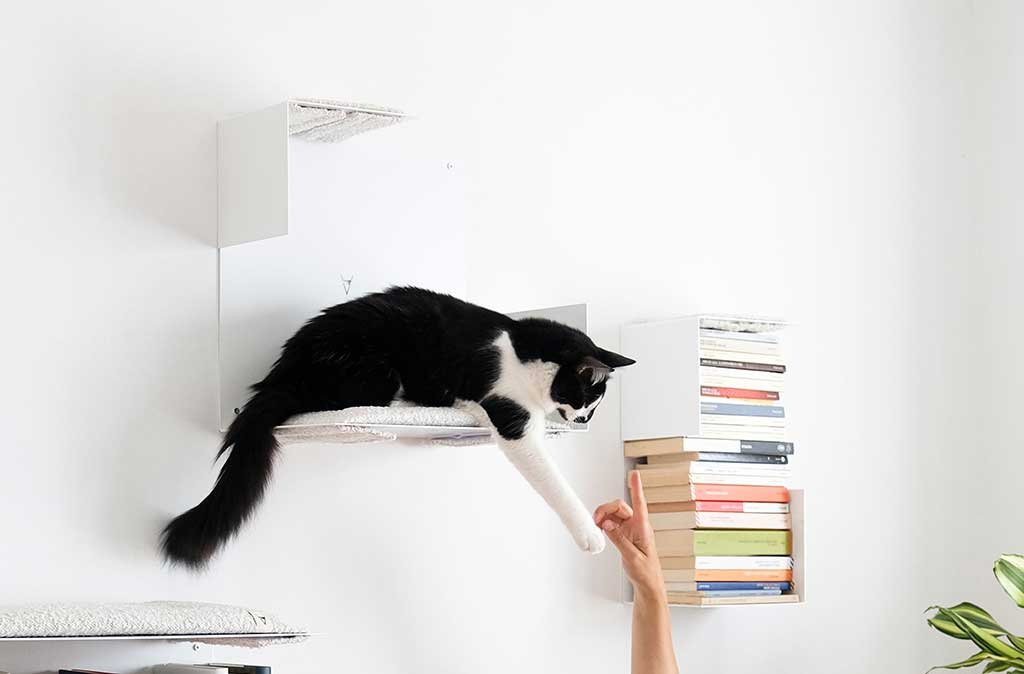
Aprica wall system for cats and sofas dedicated to the human-dog relationship Meandri from the *AAES Specific Hetero Environments and Furnishings collection© ™ Copyright 2023 by Amelia Valletta. All rights reserved. Trademark and patent registered.
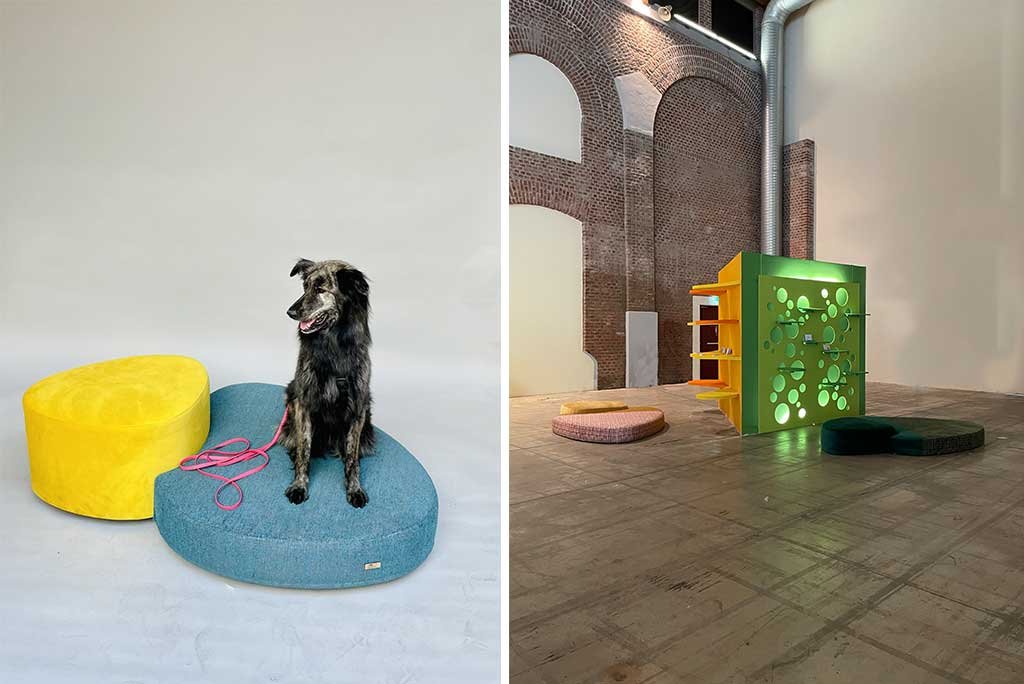
TYPICAL CASE: THE ARRIVAL OF THE PUPPY
What does it mean to adapt space to living with a pet? A recurring situation is preparing the house for the arrival of a puppy, a dog or a cat, for which Valletta suggests: “Arrange the rest area so that the puppy can sleep near the owner, when it becomes an adult it will find other places to sleep. In the case of a dog, in the early periods, we can tolerate the presence of pee pads because dogs urinate, and it is wrong to punish their natural behavior.”.
Hay dog kennel – hay.dk

“The food and water area should not be located near the dirty areas. Since it is a puppy, a play area that is not slippery is necessary to avoid undermining the joints: here the dog will play with the owner and not alone, just as for a cat, a gym will be needed, especially if it cannot play outdoors..”
Basic wall kit equipped for cats by Percorsi per gatti – percorsipergatti.it

Pet design is therefore a discipline in which architecture and ethology go hand in hand: it is not about buying a bed or a bowl that matches the furniture, but rather about identifying the correct elements and, above all, where to place them. By putting the relationship between animals and people at the center and facilitating their correct development also through the management of domestic space.
Dog and cat kennels by Zara Home – zarahome.com

In the cover image, CATable desk by LYCS.





